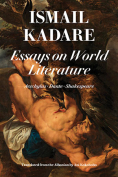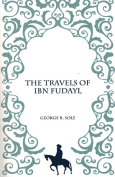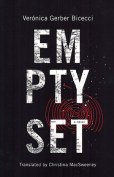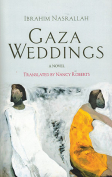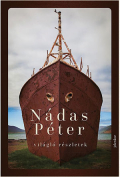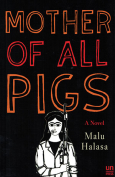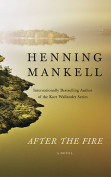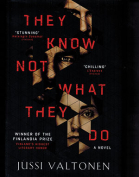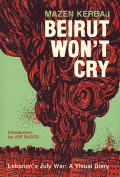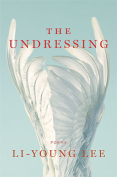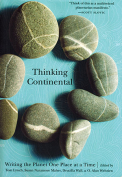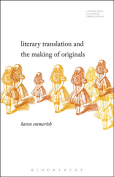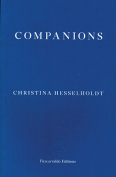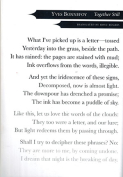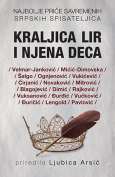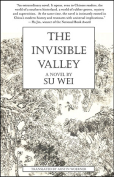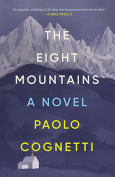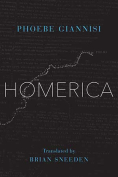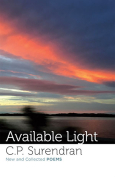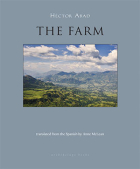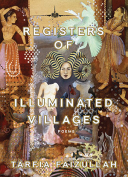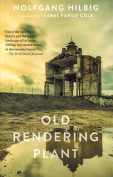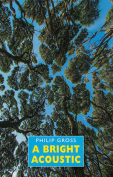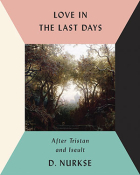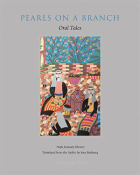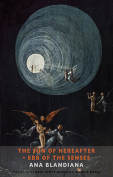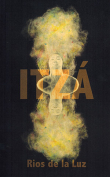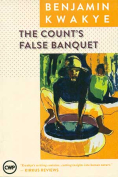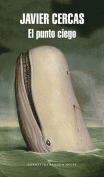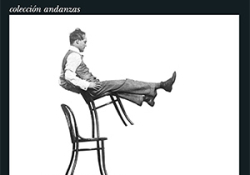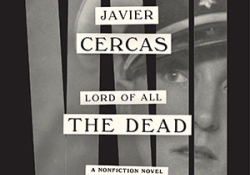El punto ciego: Las conferencias Weidenfeld 2015 by Javier Cercas
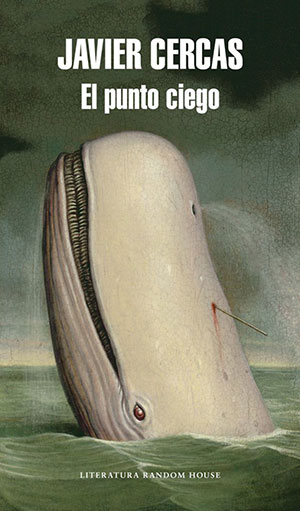 Barcelona. Literatura Random House. 2016. 144 pages.
Barcelona. Literatura Random House. 2016. 144 pages.
If it wasn’t for the inevitably personal way in which this brief text was conceived, the argument of El punto ciego (The blind spot), by the Spanish writer Javier Cercas, could be read as a theory of the novel. And it is not far from it. The six sections of this lucid essay revolve around a single theme: the novels that Cercas calls the “blind spot.” The optical analogy of the title is obvious: the blind spot is that minimum space, or point, in which a given observer (the reader in this case) cannot see anything.
The starting point of these lectures is the following: every novel raises a question, and the obligation of it “does not consist in answering the question, but in formulating it with the greatest possible complexity.” Around this question the text can exhibit dark areas, blind spots, where the reader does not see (or is prevented from seeing) something that is fundamental in the novel: a reality, an experience; in short, a question whose answer “is the very search for the question.”
To prove this argument, Cercas uses a set of classical texts. His first analysis is from Cervantes’s Don Quixote, from which several central ideas emerge: (1) Don Quixote, as the first modern novel, already “contains the germ of all future possibilities of the genre”; (2) Don Quixote in itself is a novel of the blind spot; (3) The blind-spot novels are those that collect the legacy of Cervantes and that express an ironic vision of the world; and (4) “the ideal instrument to place the irony in the very center of the novel” is, for Cercas, “the blind spot.” Thus, the argument can be summarized in this way: the great modern novel is the heir of and debtor to Don Quixote to the extent that, already in the seventeenth century, Don Quixote contains all the modern elements which the novel will only fully develop from the nineteenth century on.
The reading experience of The Blind Spot is full of fascinating examples: Melville’s Moby Dick, Kafka’s The Castle and The Trial, Henry James’s The Turn of the Screw, and some equally canonical tales: “Bartleby, the Scrivener” by Melville himself, “Wakefield” by Hawthorne, “The Duel” by Joseph Conrad, and “The South” by Jorge Luis Borges. It is impossible not to find in these lucid pages a reflection on Cercas’s own narrative. It is an exercise of literary reflection and self-reflection that culminates with an extensive and careful analysis of Mario Vargas Llosa’s La ciudad y los perros.
Although the examples are very well chosen, it would be a mistake to read Cercas’s text as a taxonomy of the modern novel. While it presents itself as a reflection on the modern novel, El punto ciego is an inquiry into how the modern novel reached its current complexity, from the presence of this element called the “blind spot.” Strictly speaking, El punto ciego is also a literary appreciation of this type of writing. As Roland Barthes pointed out, “A work is eternal not because it imposes a unique meaning on different men, but because it suggests different senses to a single man.” Javier Cercas, in this essay, cannot agree more with Barthes’s statement.
Marcelo Rioseco
University of Oklahoma
